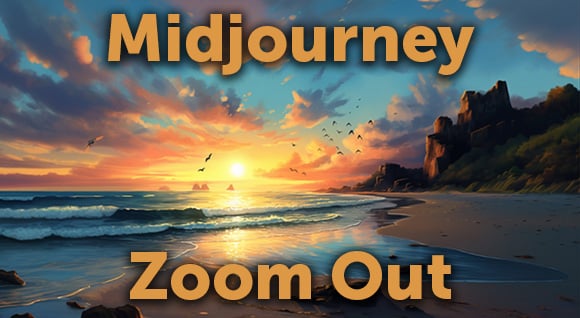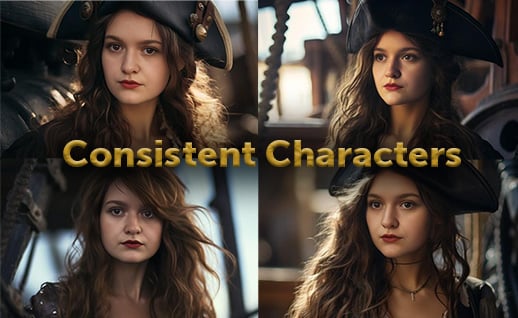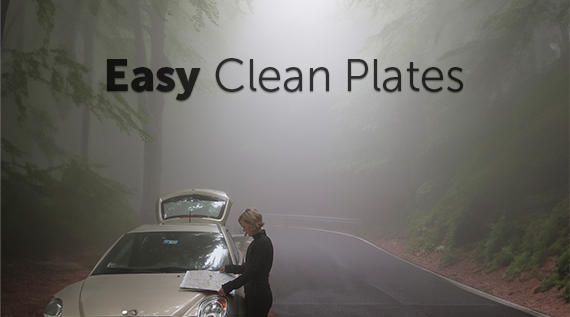Stock Stories is a regular series of Q+As with directors and editors about using stock footage. By Sue Apfelbaum
Joshua von Brown is a filmmaker and editor whose credits range from the crime documentary The Man Who Would Be Polka King to Bravo’s hit reality series The Real Housewives of Atlanta. Five years ago he directed his first feature, Altamont Now — a “no-budget underground” film satirizing “the legacy of the Rolling Stones’ infamously tragic rock festival appearance in 1969 at the Altamont Speedway.” For that film he shot much of the footage himself, going on location to nuclear missile silos in Yuma, Arizona, and Lewis, New York, but brought in existing footage to fill out his story in several key places.
As someone who has spent much of his career in the editing suite, von Brown is always thinking about how every piece of the story will work together. Here he shares a few insights on working with stock.
When in your filmmaking process did you realize you wanted or needed to use stock video footage?
In making Altamont Now, I knew even from the script stage that I wanted to incorporate stock footage. On a theoretical level, I wanted to highlight the commingling of the past and the present, combining archival footage with footage from today. And on a practical level, I needed to get across the “idea” of a gigantic rock festival concert, without having the budget for a hundred extras, much less thousands!
What were the qualities you looked for in selecting your footage?
For background shots and plates, I looked for really wide, nondescript landscapes. I want the focus to be on the actors — if the audience is noticing an interesting looking tree in the shot vs. what is going on in the story, then I’m in trouble. For shots that were supposed to be from characters’ POV, what was most important to me was to make sure that the screen direction matched and it really seemed like the POV. So if a character turns to look to their left and then looks down, the stock shot should match that viewing angle.
How did you go about matching it — or not — with your original footage?
If the story is working, the audience will forgive things that don’t exactly match. To me, it’s extremely important to think of the editing and to imagine where the shot will fall in the sequence. But my personal taste is that something that looks too “video-y” is going to stand out in a bad way if everything else around it looks pretty filmic, even if those filmic shots were shot on video.
Are there any rules of thumb for making a seamless impression or is it completely case by case?
I would say “seamlessness” is definitely on a case-by-case basis. But I think it is important to really think about the editing — where the shot will go in the sequence, rather than just thinking of it as floating in space visually. The “montage theory” of Soviet filmmakers like Sergei Eisenstein is the ultimate example: Edit three different stock shots in front of the same character reaction shot, and each time the character will seem like they are reacting in a different way. I would advise to not limit oneself to only the most straightforward, realistic level. Be bold in your choices.
Posted by
Jon Parker
.png)
.png)
.png)




